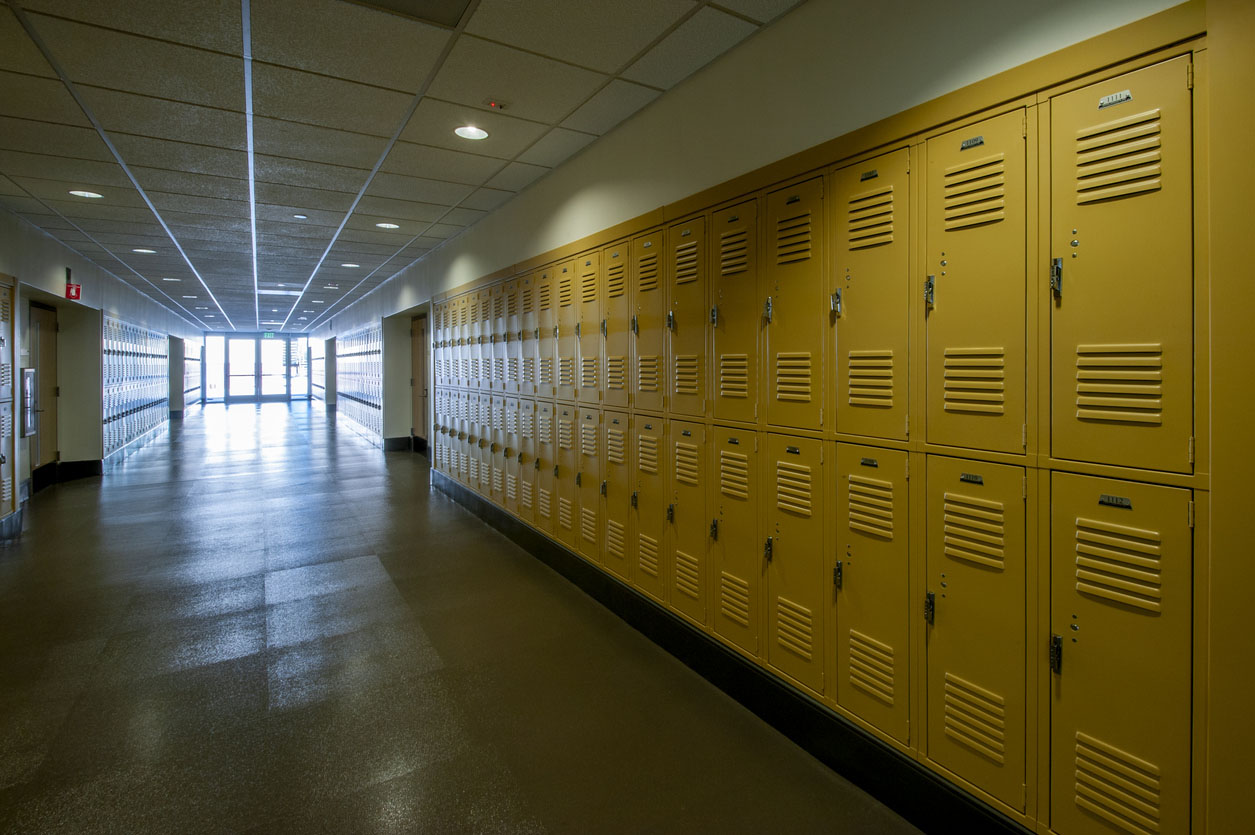The coronavirus pandemic has delivered a devastating one-two punch to K-12 schools across the country, inflicting learning declines from loss of classroom time, compounded by fiscal distress stemming from the larger economic crisis that the virus has wrought. According to the latest research, students will begin the coming school year having lost a third of their normal learning gains in reading and half or more of their normal gains in math. The losses for lower-income children of color are sure to be even greater, widening the nation’s existing achievement gap.
But there’s an added wrinkle of complication: The financial needs that must be addressed by the federal government are present in both public and private schools, and to help one and not the other ultimately will hurt both. To deny private schools federal aid could lead to widespread private-school closures — triggering the transfer of displaced private-school students into already distressed public schools. In other words, public schools and private schools are in this together, whether they like it or not.
The Trump administration faces a real test of the commitment to private education that it claims to champion. And Democrats in the House and Senate face the challenge of setting aside their opposition to government funding of private and religious schools for this one-time emergency allotment, for the good of both public and private schools.
The mass learning losses of this past school year were driven by the fact that many schools were not at all prepared for the abrupt switch to remote learning necessitated by the COVID-19 outbreak. They now have three months to better prepare for the new school year. Three elements will be required. First, all schools must have in place effective remote learning systems that replicate as much as possible the normal interactions of schooling. Second, the schools need to develop workable plans to maintain the social distancing needed to prevent school-based outbreaks of COVID-19. Third, they will need to amass financial resources to accomplish the previous two initiatives.
The amount of funding needed will require an extraordinary national investment in schools by the federal government. Public school districts will face tremendous revenue losses from local tax bases and state governments. By extension, charter schools likely will suffer from any rollbacks in tuition payments triggered by state and local fiscal constraints. Whatever one thinks about public school spending, the unprecedented crisis in state and local finances requires a federal response.
Are there ways that public schools can enhance efficiency and reduce costs? Absolutely, but they will not be enough to offset the level of tax losses experienced by state and local governments in the face of the economic shutdown. Nor will they cover the additional expenses associated with the hybrid approach of remote and school-based learning that likely will be the norm in the coming school year.
Private and religious schools also will face revenue losses — from two sources. The fiscal stress placed on families by the economic shutdown and rise in unemployment will make it incredibly challenging for many private-school families to afford the tuition payments for non-public schools in the coming year or longer. This will be particularly true for middle- and working-class families who utilize religious schools, which form the largest bloc of non-public schools.
Worse, these church-affiliated schools face a second financial challenge. For more than three months, churches have not been able to hold weekly services as a matter of government policy. That’s a quarter of the year or more, with a corresponding loss in weekly contributions to the collection plate. This double shot of falling tuition payments and loss in general church revenue will force large numbers of religious schools to close, if they do not receive urgent support from a federal government that has hinted multiple times of its intentionto support private education.
The staunchest opponents to government aid to private and religious schools will reflexively argue that money spent on these schools is money taken from public schools. But in light of the crises all schools are facing, that argument is dangerously short-sighted. By September, public schools need to figure out how to educate all their students with as few as half of them allowed to be in school at one time. Space is the scarce resource in this equation, and every student who transfers from a private school to a public one, because their private school closed or their family no longer can afford tuition, will exacerbate the spacing challenge. A sudden and steep collapse in private school enrollment, which is a real short-term possibility, will undermine public education at a time in which it is already distressed.
Roughly 10 percent of all K-12 students in the United States attend private or religious schools. As Congress and the president consider additional funding through a second stimulus package to offset the impact of the pandemic, these students and their schools must be included, for everyone’s sake. Of course, the bulk of any federal money, up to 90 percent, must go to public schools commensurate with their size and the depth of their financial challenge. But private schools and their students need to be stabilized as well, in order to preclude further unnecessary stress on the public-school system. Government support for private and religious schools could take the form of a federal tax credit for contributions to scholarship organizations. This credit should be available in all states, without a requirement for individual states to opt-in to the program.
Students in public and non-public schools cannot afford further learning losses in the new school year. For that reason, their interests are aligned. Federal funding must reflect that shared urgency. This is the time for our national leaders to demonstrate that they understand that all schools and families have legitimate educational needs.
This piece originally appeared at The Hill
______________________
Ray Domanico is a senior fellow and director of education policy at the Manhattan Institute.
This piece originally appeared in The Hill
